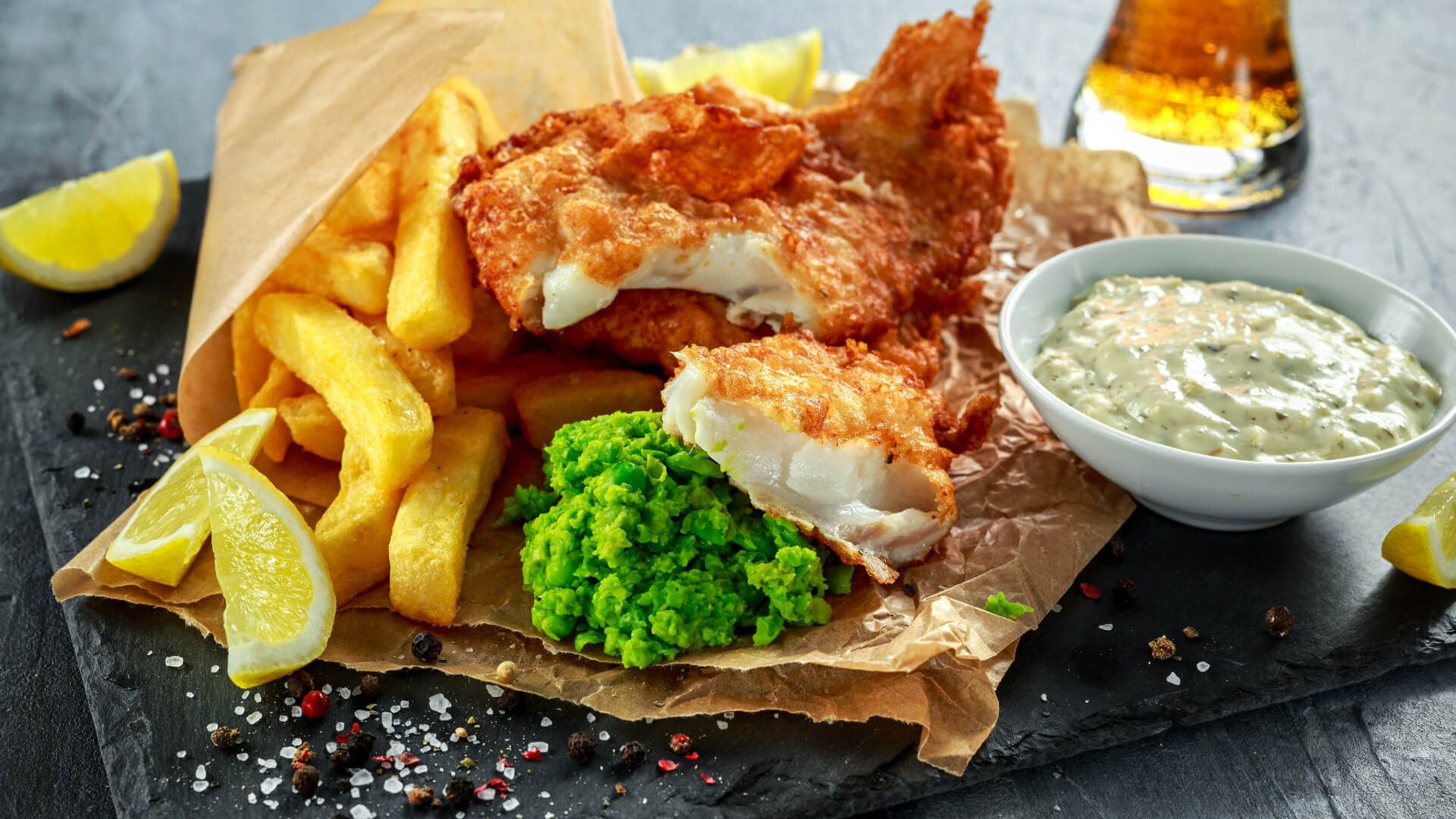Adapting to Change: Key Findings from the Latest Fish and Chips Market Report
Posted by Emma on 29th Jan 2025 Reading Time:
According to data from Seafish Market Insights, the fish and chips sector is undergoing significant shifts. The latest report reveals a 21% decline in servings over the past year, equating to 36.6 million fewer portions sold. Rising costs, evolving consumer habits, and increased competition from other takeaway options are reshaping the market landscape. For businesses, understanding these trends and adapting strategies will be crucial to maintaining competitiveness in an increasingly challenging environment.
Is fish & chips in served in the pub on the rise?
Fish and chips have experienced the steepest price increase among UK takeaways, rising 12% in the past year and over 50% in the past five years. The average cost of a portion has reached nearly £10, affecting affordability and consumer demand.
Ingredient costs have surged, with cod still the dominant choice (63.8% of all seafood servings in fish and chip shops), although it has declined 0.2 percentage points. Now at 23.4% of servings, Haddock has grown by 4.7 percentage points. Rising import tariffs, fish stock concerns, and extreme weather impacting potato harvests have compounded financial pressures for operators.
Despite its challenges, fish and chips remain the UK’s second most popular takeaway, with 1 in 5 Brits choosing it—behind only Chinese food. However, 61% of servings are consumed by those over 50, while younger generations prefer alternative fast-food options. Additionally, 65% of all servings are purchased by affluent customers, indicating a potential challenge in attracting lower-income consumers.
The most significant decline has occurred within traditional fish and chip shops, which account for 60% of all lost servings. Other channels, such as pubs, quick-service restaurants, and travel outlets, have performed better.
Consumer habits are shifting towards convenience-focused dining, leading to a 9% decline in dinner visits. Drive-thru and delivery services are growing, but many fish and chip shops have not yet fully adapted to this trend.
Strategic Opportunities for Business Owners
To remain competitive, fish and chip shop owners should consider the following strategies:
- Targeting a younger demographic: Adjusting portions, offering meal deals, and incorporating snackable options can attract a broader audience.
- Optimising operational efficiency: Given the rising costs of ingredients and energy, streamlining operations and reducing waste can improve profitability.
- Enhancing digital presence: App-based ordering, loyalty schemes, and online promotions are now fundamental to engaging modern consumers.
- Expanding menu diversity: While fish and chips remain the core product, integrating complementary offerings, such as seafood variations or alternative protein options, may help attract new customers.
- Maintaining product quality and value: Consumers expect high-quality, freshly cooked fish and chips that deliver value for money. Ensuring portion consistency, ingredient freshness, and efficient service will be key to retaining customer loyalty.
Listen to the Ceres Podcast for expert discussions on market trends, challenges, and business strategies within the fish and chip industry.
The fish and chips sector is undergoing significant transformation. Rising costs and evolving consumer preferences require business owners to adopt more agile and data-driven strategies. Businesses can maintain relevance in an increasingly competitive landscape by focusing on quality, efficiency, and adaptability.
Read the full Market Insight Report here to explore the complete data behind these trends.


